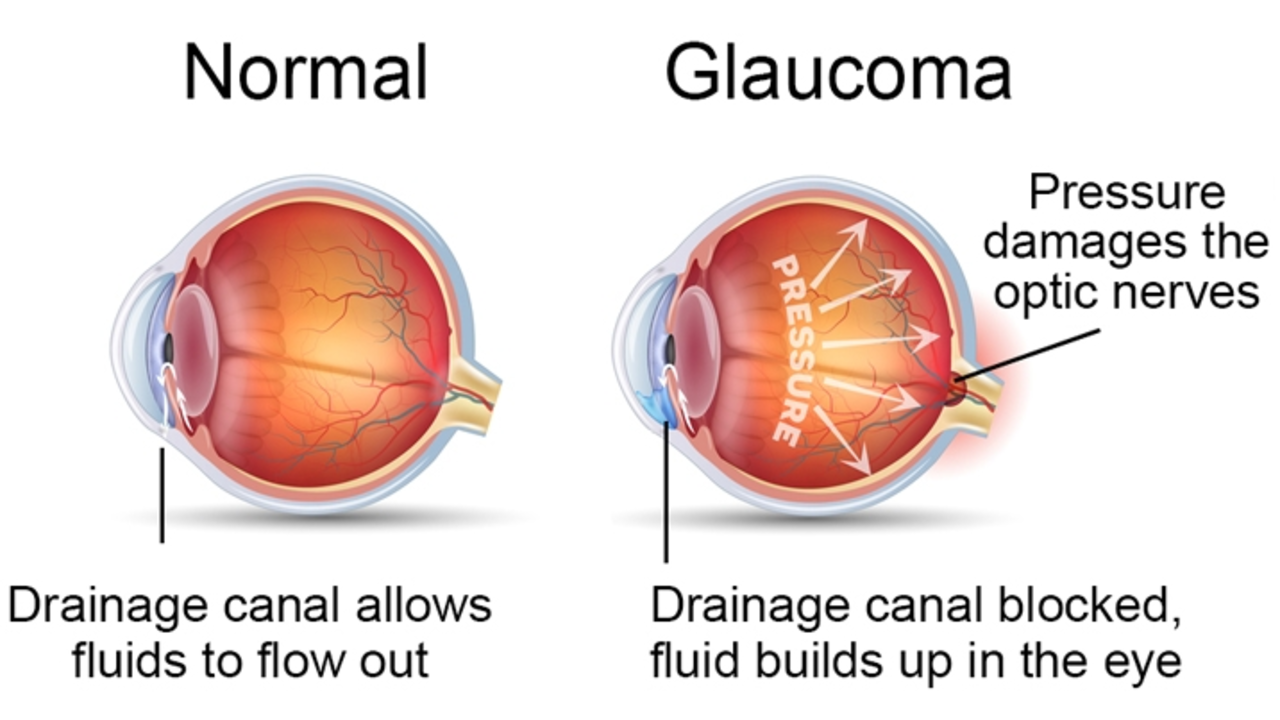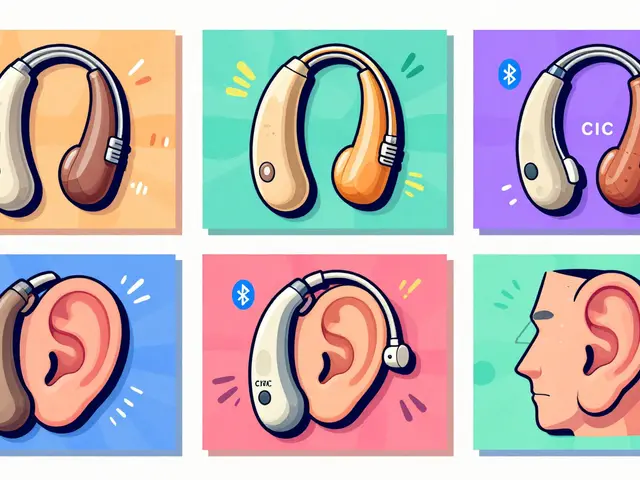Eye Health Tips You Can Use Today
If you’ve ever squinted at a screen or felt dry after a long day, you know how easy it is to ignore eye problems until they get worse. The good news? Small changes can protect your sight and make daily life more comfortable.
Common Eye Problems and How to Spot Them
Most people deal with three issues at some point: dry eyes, blurry vision, and age‑related changes like cataracts or macular degeneration. Dry eye feels gritty, especially after reading or using a phone for hours. If you notice that your eyes water more than usual, it might be a sign the tear film is off balance.
Blurry vision can come from simple things like needing new glasses, but it also shows up when blood sugar spikes or when you’re low on certain nutrients. A quick test: hold a book at arm’s length and read the smallest line you can see without straining. If you need to pull it closer than usual, it could be time for an eye exam.
Age‑related issues usually start after 40. Early cataracts make lights look hazy; macular degeneration creates a dark spot in the center of your view. Both conditions are easier to manage when caught early, so schedule regular check‑ups even if you feel fine.
Supplements and Lifestyle Choices for Better Vision
What you eat matters more than many people think. Vitamins A, C, E, zinc, and omega‑3 fatty acids are linked to healthier retinas. Foods like carrots, leafy greens, salmon, and nuts give your eyes the building blocks they need.
If you prefer a pill, look for supplements that list these nutrients clearly. Some of our readers ask about “eye health” products such as lutein or zeaxanthin – both are pigments that sit in the macula and filter harmful blue light. A daily dose of 10 mg lutein and 2 mg zeaxanthin is a common recommendation.
Beyond diet, protect your eyes from UV rays with sunglasses that block at least 99% of UVA/UVB. Give them a break from screens by using the 20‑20‑20 rule: every 20 minutes, look at something 20 feet away for 20 seconds. This tiny habit reduces strain and keeps focus sharp.
Staying active helps circulation to the eyes, too. A short walk after lunch boosts blood flow and can lower pressure that contributes to glaucoma. If you smoke, quit – tobacco damages tiny blood vessels in the eye and speeds up cataract formation.
When it comes to medication, talk to your pharmacist about side effects that affect vision. Some antihistamines, for example, can dry out eyes, while certain steroids may raise pressure inside the eye. Knowing these links helps you catch problems early.
Finally, keep a simple eye‑health diary. Jot down when you notice discomfort, what you ate, and how long you were on screens. Over time patterns emerge, making it easier to adjust habits before an issue becomes serious.
Protecting your vision doesn’t need a major overhaul. Start with one change – like adding a leafy green salad or wearing sunglasses – and build from there. Your eyes will thank you, and you’ll notice the difference in how clear the world looks each day.






